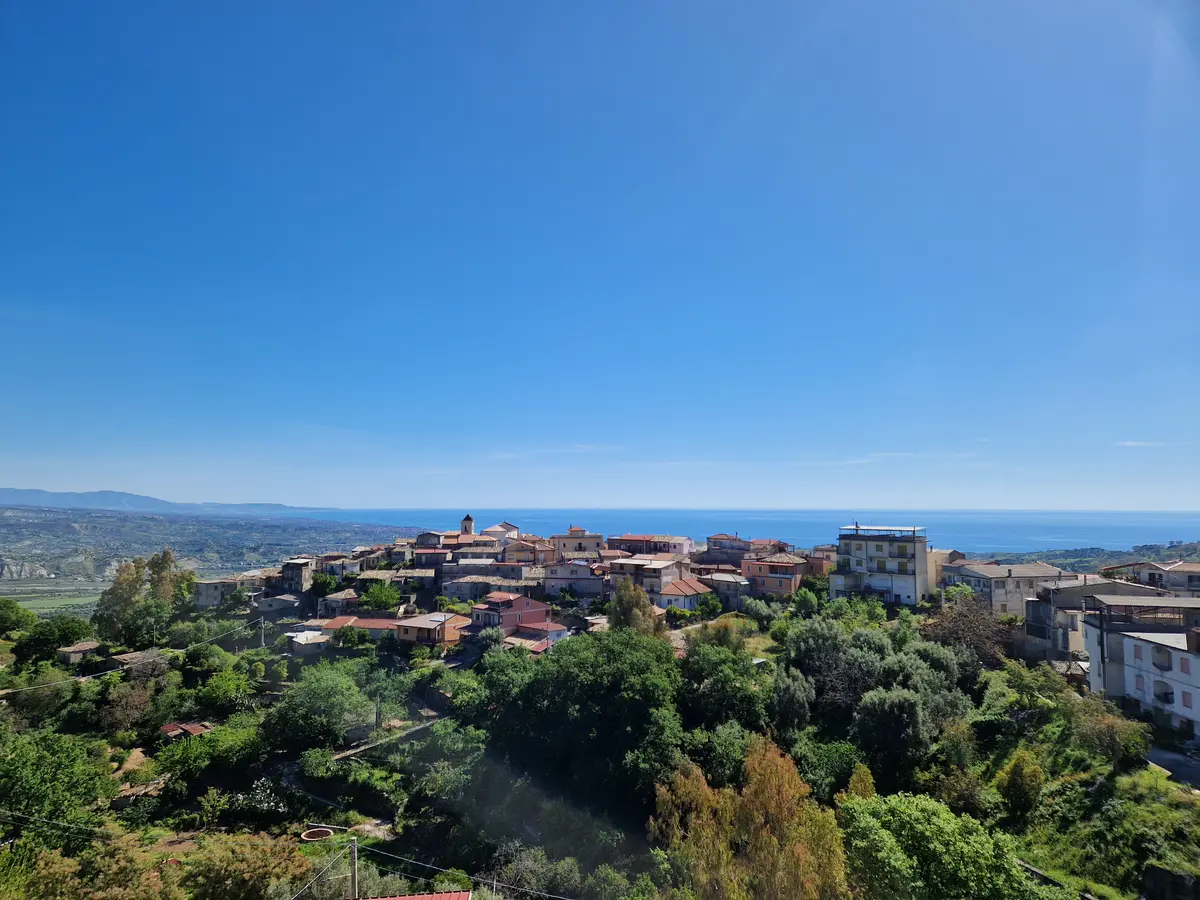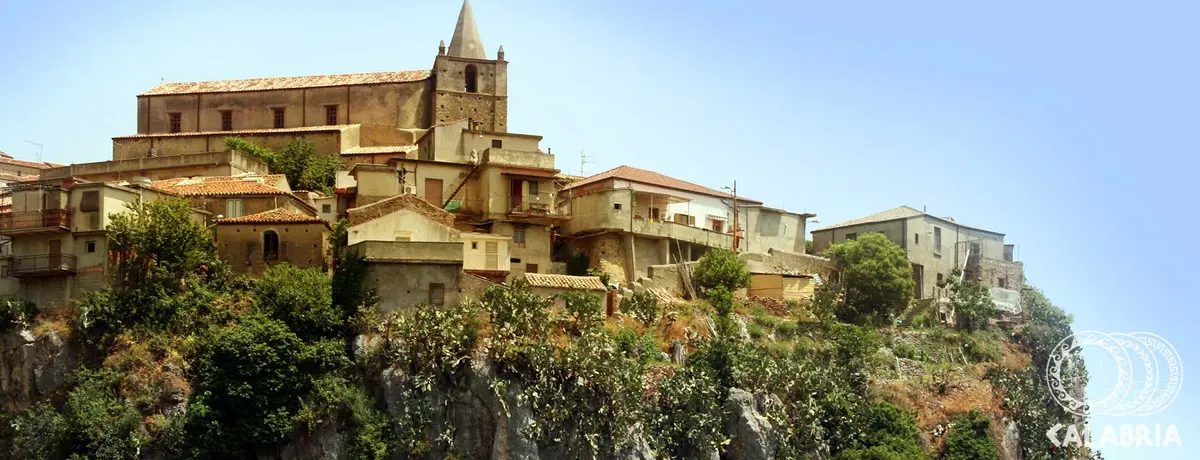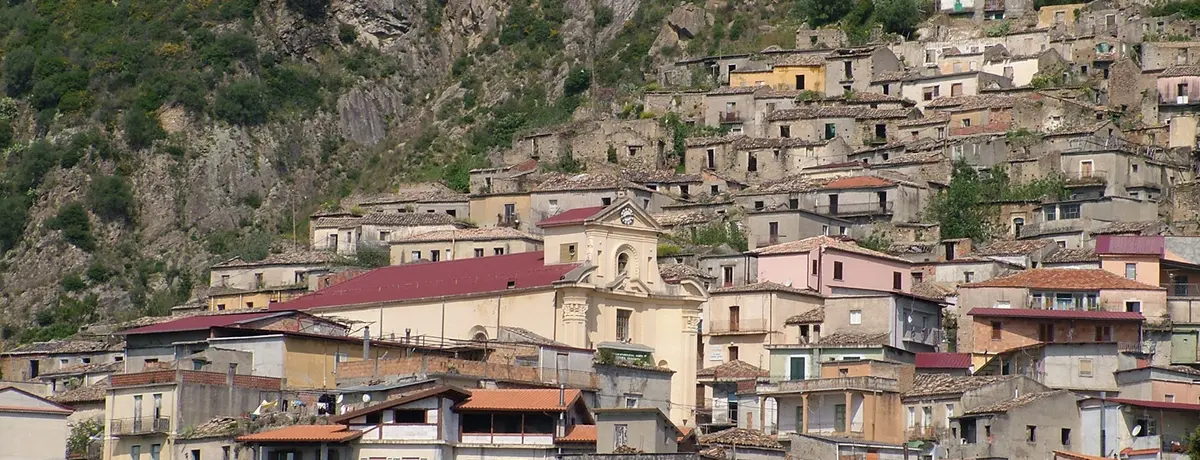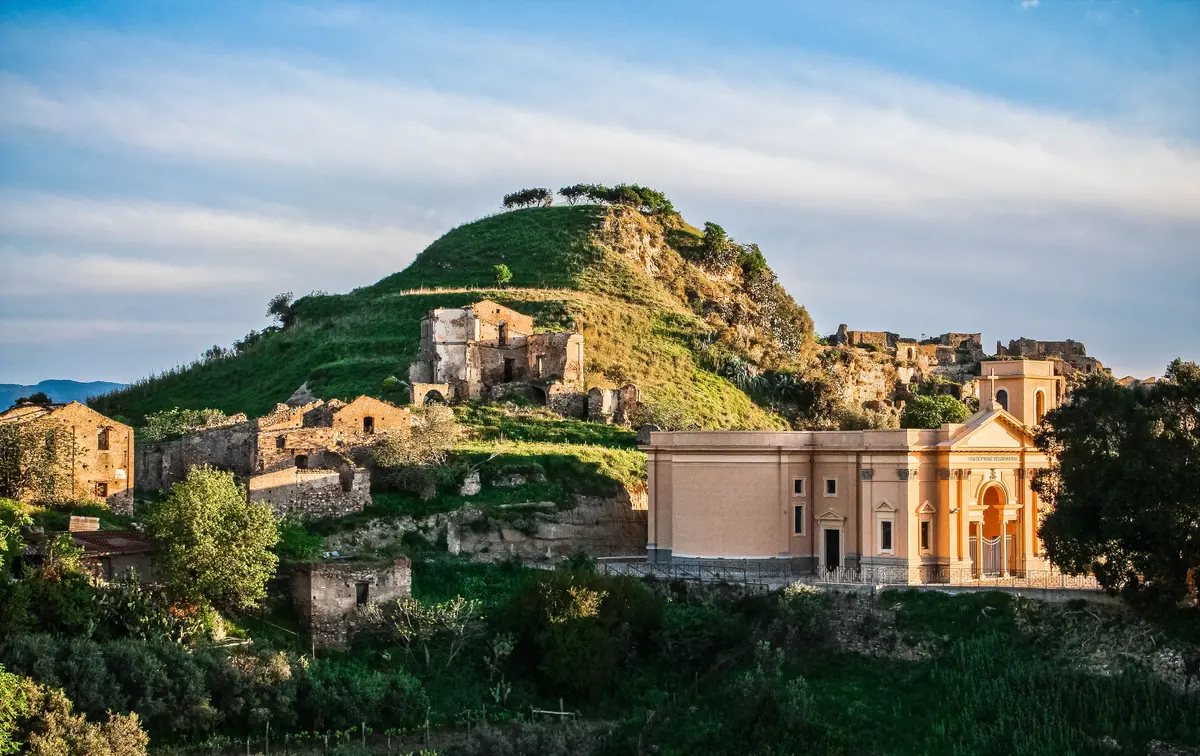Africo
Africo, the dual nature of the land of the forgotten
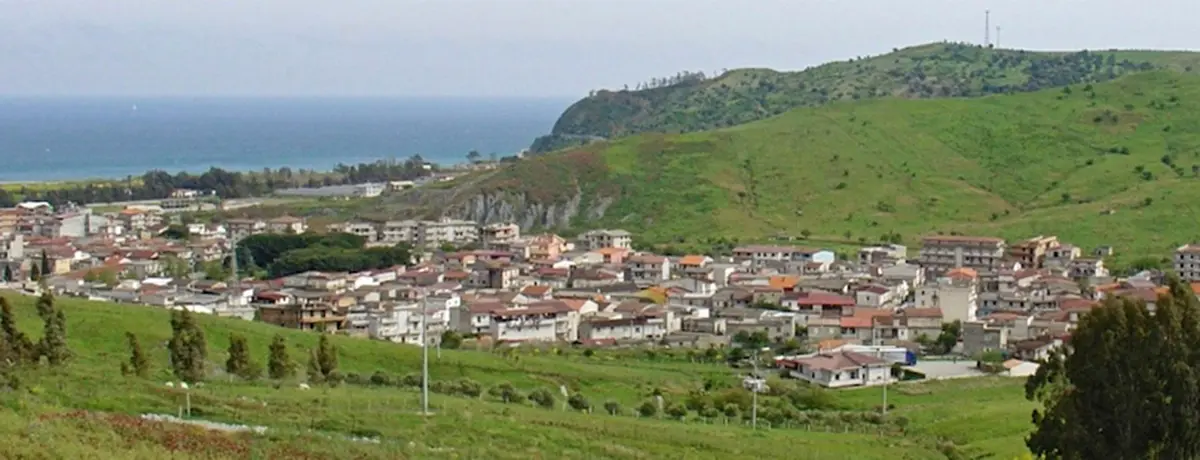
Town
The town of Africo is divided into two parts located at a considerable distance from one another. The first of the two is made up by a small cluster of houses located in the town of Bianco while the second is located on the slopes of Aspromonte, amidst the ruins of the villages of Africo Vecchio and Casalnuovo.
The new town is located just a few metres above sea level, on the edge of a small plain overlooking the Ionian Sea. Africo Vecchio, instead, rises on the left slope of Vallone Casalnuovo, within the Aspromonte National Park.
Africo's old town seems governed by laws other than mundane, and everything seems suspended in a limbo of dazzling light.
The disastrous floods of the last few days of October 1951 that devastated almost the entire centre of Africo Vecchio and Casalinuovo were the cause that forced its inhabitants, following makeshift accommodation and various tribulations, to found a new town closer to the sea. The few remains of what once was Casalinuovo can be found on a cliff, near Africo Vecchio to the right of the Aposcipo stream. Traces of Greek origins can still be found today in its language, even if mixed with the local dialect. Like Africo, Casalinuovo was also severely damaged by the floods of 1951. The town's name seems to derive from "Afrikos", i.e. exposed to the sun. Africo's beach both enchanting and unspoilt, boasts a famous cliff. Africo was recently featured in the movie “Aspromonte, la terra degli ultimi” (Aspromonte, land of the forgotten) by Calabrian director Mimmo Calopresti, presented at the Taormina Film Fest.
Africo Vecchio
Africo's old town seems governed by laws other than mundane, and everything seems suspended in limbo and a sea of dazzling light. A place that still today, almost seventy years after the sad events that turned it into an abandoned and run-down area, is filled with a sense of wonder carried by the wind. The town, when it was permanently abandoned, could not be reached by road and was linked to the rest of the world by means of a simple path. Today, Africo vecchio can be reached only on foot. Only ruins remain of its stone houses that blend in with the surrounding nature. A ghost town hidden by shrubs that can be encountered by chance on hiking up the mountain. Despite the remoteness and the difficult journey, it is a place much loved by hikers and trekking enthusiasts who enjoy a well-deserved rest in a spot where once a time there was a bustling town.
Church of San Leo
Of notable interest among the old part of the town’s existing architectural heritage is Chiesa di San Leo (Church of San Leo); it has a simple architectural form, a single nave with a semicircular apse and the bell tower on its main façade. Two bronze bells, probably dating back to when the church was built, still remain within the bell tower. The church has a dome with a marble statue of the Saint, dating back to 1635 of local craftsmanship. Located in Africo Vecchio, without a doubt, the church is a result of Byzantine influence. Destroyed following the flood of 1951, it has been restored but, while the exterior still retains its original shape, the interior has been completely redone. In 1972 the church became a destination for pilgrimages.
Africo's cliff-side
Africo’s cliff-side is the ideal place to spend a few days as a relaxing vacation. Quite close to the promontory of Capo Bruzzano, which in part mirrors both beauty and nature, it offers no services due to its unspoilt geographic location that makes it impossible to build spa reports and homes in this area. Along this part of the Costa dei Gelsomini, a large boulder was found with the features of a perfectly drawn human face. This is an important archaeological find dating back to ancient Greek times, such as those that occurred in Riace during the 1970s. Capo Bruzzano can be reached on foot from Africo Nuovo. The beach offers breathtaking views of the Aspromonte; the sea is crystal clear, and the cliff has the bizarre and fantastic shapes. The surrounding area is enclosed by unspoilt nature and lends itself to long periods of relaxation. Other beaches nestled in the cliff, equally wonderful and unspoilt, can be reached along the coast.
Palmarello Waterfalls
Nel cuore del Parco Nazionale dell’Aspromonte, a 1300 metri di altitudine, si può ammirare la cascata Palmarello, forse la meno conosciuta tra le cascate aspromontane a causa delle difficoltà nel percorrere il ripido e scosceso crinale che consente di raggiungerla, ma non per questo meno spettacolare. Generata dal torrente Aposcipo, il suo salto unico di circa 70/80 metri è il più alto del parco, osservabile da un terrazzo naturale tra la fitta vegetazione di roveri e pini larici. L'acqua purissima sgorga dalla roccia e forma forma un piccolo laghetto ricco di trote. Particolarmente spettacolare ammirare gli spruzzi creati dall’acqua nei periodi di piena.
Gastronomy
The area's most typical dish could not be any more rewarding: “maccarruni i casa”, a fresh home-made pasta of ancient Greek origins, obtained by rolling the dough around a knitting needle and then seasoning it with a simple tomato sauce, or meat sauce. It must be recalled that the area of Africo falls within the region of Bergamotto di Calabria, which has become a PDO (Protected Designation of Origin) product. Its use in the kitchen is similar to that of lemon: used either in lemon slices and drops of juice to season and add flavour. In particular, Bergamot pulp is perfect for usage in drinks, confectionery specialities, jams, liqueurs, but also to add a unique touch to starters and main courses based on meat, fish, pasta and rice.
Useful information
What to know about Africo
Events
There are 1 events scheduled.
Travel Ideas
There are 3 travel ideas.
Infopoint Africo
Africo
No result
